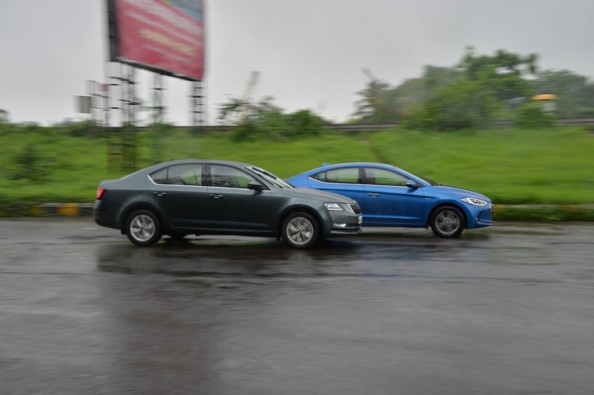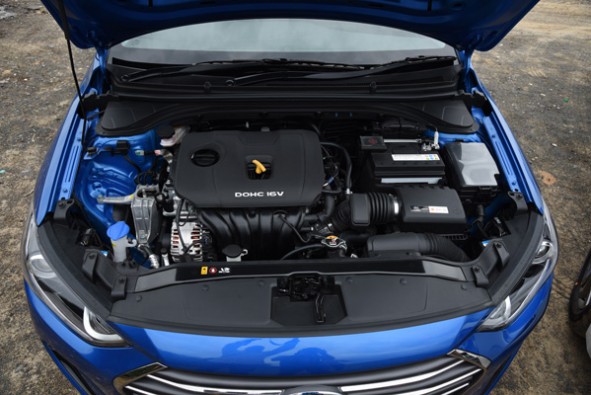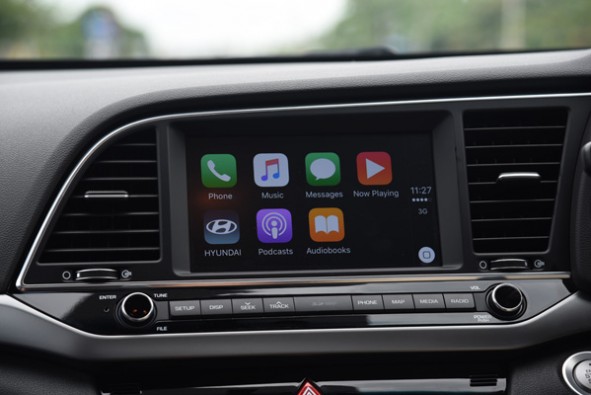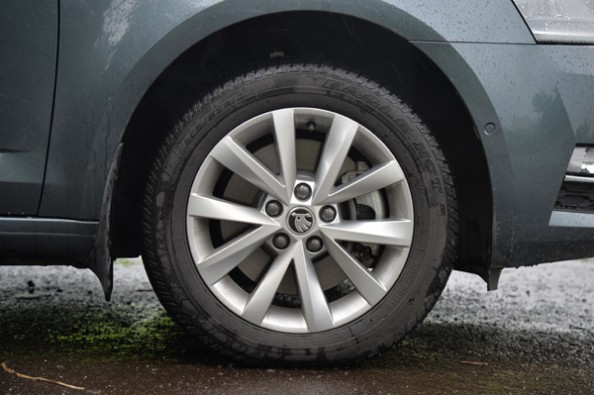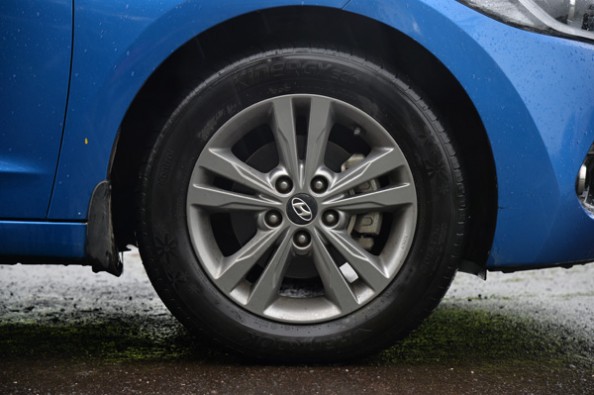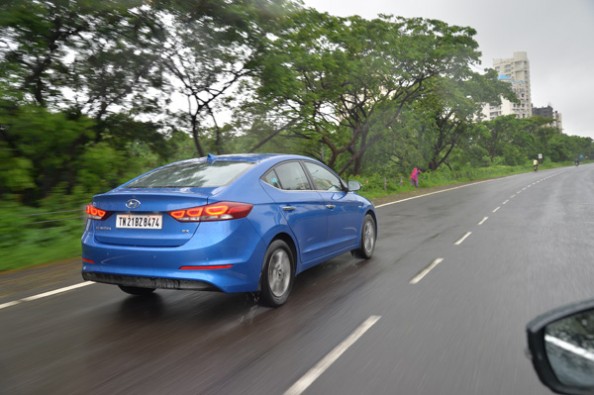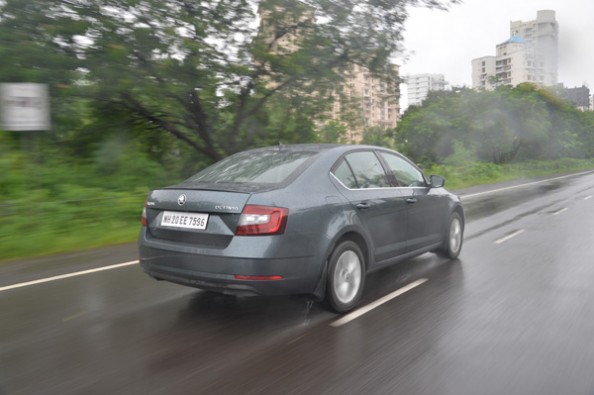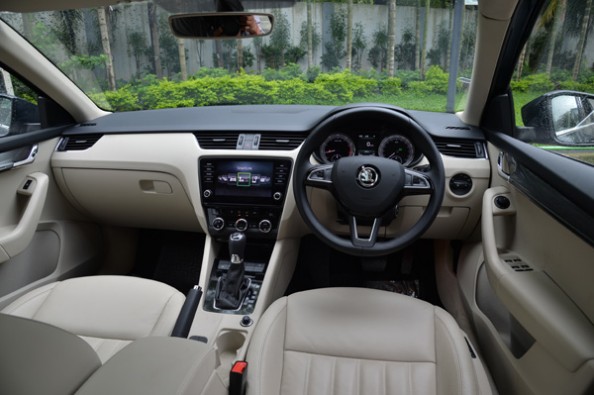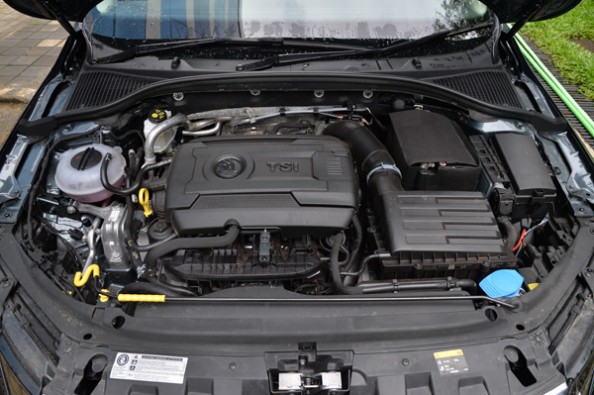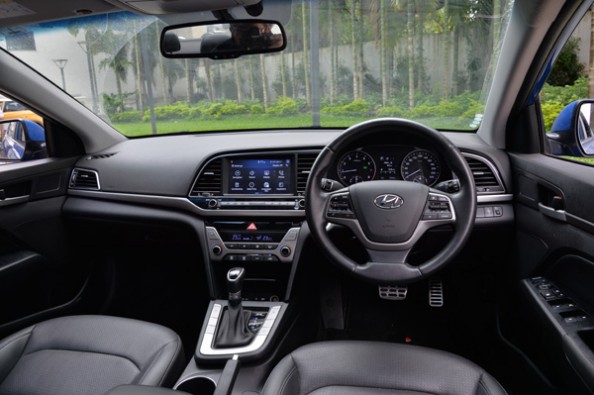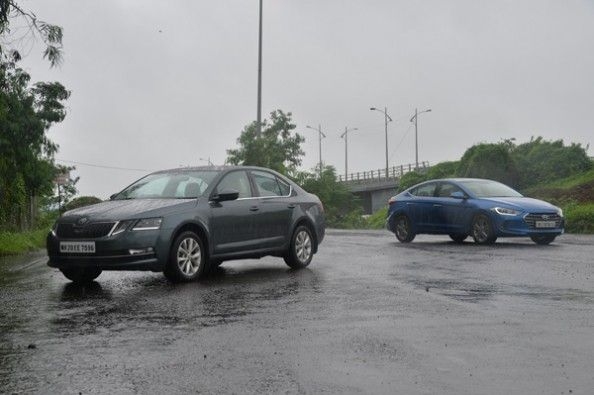
Both these cars have gone head to head in this segment plenty of times. Both cars offer features from premium cars from a segment above, at a slightly lower price point. The Czech carmaker recently launched a facelifted version of the Octavia in India and we’ve pit it against its favourite Korean rival. So, which one should you spend your money on?
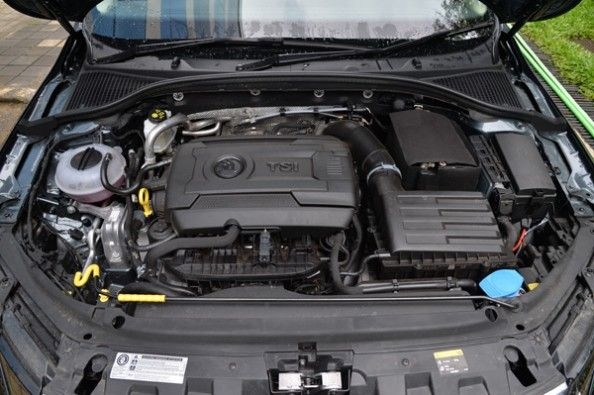
Under the hood of the Octavia sits a 1.8-litre turbo-petrol engine, that’s easily one of the best around – it’s extremely refined and offers great performance. The engine makes 180hp and 250Nm and is mated to a fast and responsive seven-speed DSG gearbox. Tap on the accelerator and there’s instant acceleration, however, there is some hesitation at low engine speeds, but overall refinement levels are good and there’s no road noise that enters the cabin. The Elantra gets a 2.0-litre, non-turbo engine that makes 152hp and 192Nm, which is paired to a six-speed automatic gearbox. This car accelerates strongly, but the Octavia feels much stronger, faster and effortless.

At city speeds, on bumps and over small potholes, the Octavia moves around a fair amount, but pick up the speed and it gets more stable. The updated car pitches and bobs a bit more than the earlier car. Handling is great, grip is very good, and the car’s overall balance is also excellent. The Octavia’s steering is responsive and well-weighted too. In the city, the Elantra is more comfortable than the Octavia. But when you pick up the pace, it isn’t as good. Sure, the Hyundai’s ride is good, but it’s just not as stable as the Octavia on the highway. The steering of the Hyundai offers good feel and feedback and this is one of the nicest Hyundais to drive, even if it isn’t as good as the Skoda.

On the inside, the light-coloured upholstery and plastics that Skoda has used add to the overall feeling of quality. Everything feels lifted out of a luxury car, even the buttons and switches. The panoramic sunroof and huge colour screen add to its overall appeal. The new instrument cluster feels slick and modern, and the customisable mood lighting is a neat touch that customers will like. The Elantra’s cabin features black merged with silver accents but, it lacks the plush feel of the Octavia. The buttons and switches, too, are well built, and the cabin is well insulated.
The Octavia’s front seats are large and offer good support. At the back, there’s ample legroom, headroom and good under-thigh support. The Octavia's wide opening hatch opens up to a massive 600-litre boot. Fold the rear seats and the space goes up to an estate-car-like 1,580 litres. The Elantra’s front seats are broad and comfy and the cabin is nice and wide too. At the back, you’re sat low and headroom is lacking a bit. Legroom and shoulder room are great. Plus, you also get a big boot at 458 litres.
The Octavia is fitted with a new 8.0-inch touchscreen display and feather-touch main menu buttons. You also get Apple CarPlay and Android Auto for smartphone connectivity. There’s a new auto parking system that parks the car on its own. Safety features include eight airbags, ABS, ESP and Isofix tethers. The Elantra comes with cooled seats, a reverse camera with sensors, Apple CarPlay and Android Auto, satnav, six airbags, ABS, ESP and Isofix tethering for child seats.
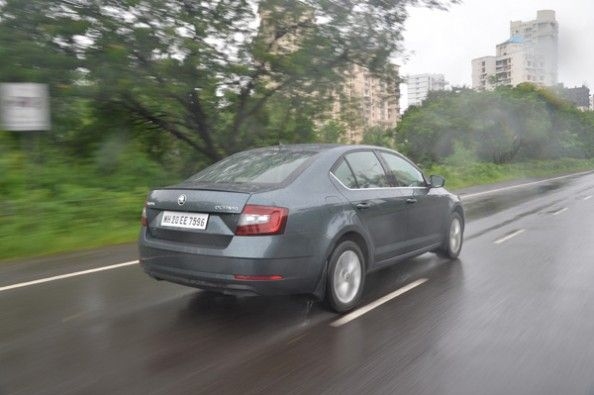
Which one should I buy?
The Skoda Octavia excels in many areas – it’s got a strong engine, good interior quality and great cabin space. It’s high price and Skoda’s poor reputation for aftersales services tends to send buyers the other way though. However, while the Octavia might be more expensive, you get so much more car than the Elantra. The Elantra, typical of a Hyundai car, is well-equipped and is super comfortable to drive in the city, but while the Elantra is a decent package, the Octavia beats it in this test.
